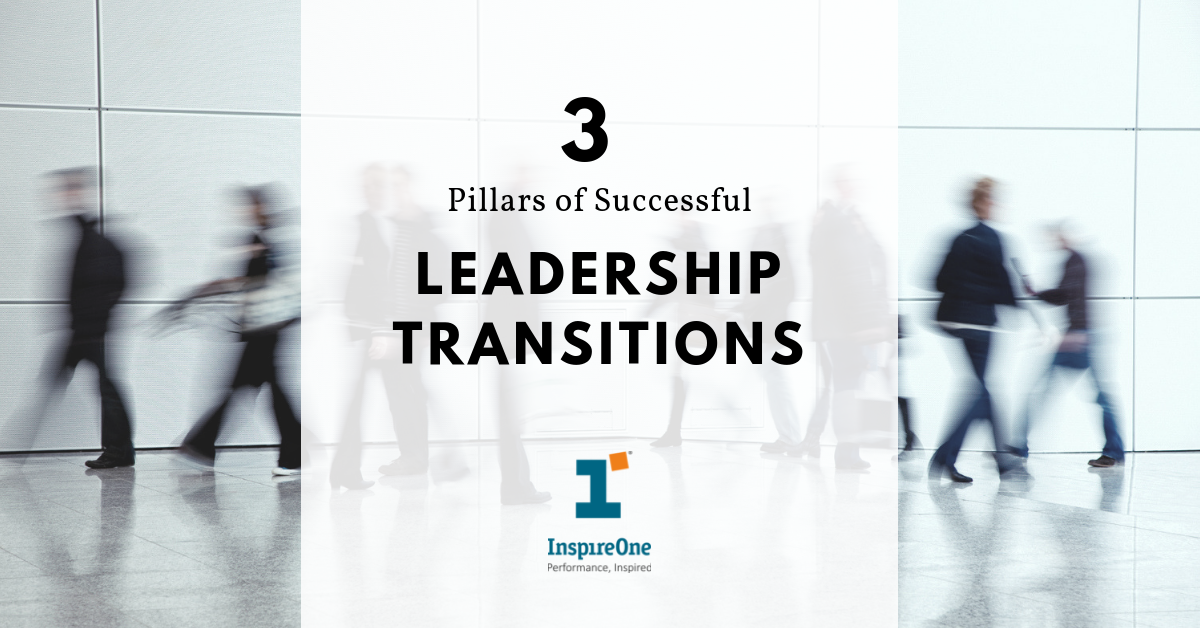“It is not the change that do you in, it is the transitions” – William Bridges
People commit a fallacy when they use change and transitions interchangeably. While both talk about a shift, change is about the shift in the external environment, while transitions on the contrary is the process of internalizing and adapting the change. Transitions are typically high tension and high-stake event and transitioning at work place has been ranked by a McKinsey study to be ahead of bereavement and health issues.
The pace and magnitude of change in the world of business is constantly rising and 67% of senior leader report that their organization are now experiencing “some or many leadership transitions” than previous years. The outlays for the same have been estimated to be around 216% of the annual salary for senior executives.*The positive and negative impact of the process of transitions is not only on the performance of the leaders transitioning, but it also has a rippling effect on the stakeholders performance and the cost of the organization. The advantages of focusing on transitions are, however, substantial. A McKinsey study reveals that the performance of 9 out of 10 leaders who transition successfully go on to meet their performance goals. At the organizational level, successful leadership transitions ensure lower attrition by 13 %.
Most organizations are now aware and have robust change management systems in place to ensure smooth transitions at all levels of leadership. Despite this, most transitions fail and 46.3% of transitioning leaders receive performance scores suggesting clear signs of under performance.
Pillar 1
While the transitioning leader is at the center of the entire process of transitioning, the success of the transition depends firstly on the leader himself. It is essential that the individual is aware of his or her own emotions, fears and uncertainties about the transition. The ambiguities that come along with the transition and with the new role is most often than not daunting. To be able to understand, accept and move ahead depends on how the individual is able to handle these emotions.
This also brings us to the point that it is very important, right at the beginning, to hire leaders with relevant competencies and fitment into the context. Leaders who are strategic thinkers and are adaptable can see various dimensions of a situations are able to predict, comprehend and respond to changing situations with preparedness. At all important junction of change a leader will need to reinvent and rediscover oneself to combat such situations. Like Marshall Goldsmith said, “What got you here, will not get you there”.
Pillar 2
The second important aspect is the people process and people support. Support from seniors, peers, subordinates in the form of mentoring, coaching and giving directional feedback helps the transitioning leader to make lesser mistakes and helps him to grasp the nuances of the new role.
Pillar 3
The ecosystem should facilitate smooth leadership transition. Having an organizational culture with structured policies and processes in place that foster smooth transitioning is important. Study done by Google on team performance in 2017, reveals that when workplace feels challenging but not threatening, one can sustain the broaden-and-build mode. Oxytocin levels in our brains rise, eliciting trust and trust-making behavior. This is a huge factor in successful transitions, when the individual knows that the organization provides him with an environment of psychological safety and space to make mistakes and learn from it.
A Real Case Story on Leadership Transitions
Working with many organizations – one large financial organization here in particular – we have been able to validate the aforementioned leadership transitions issues and resolve them. The organization wanted to create a transition process to build role, business and ecosystem understanding and managerial capability of their first time managers. The focus was on understanding new role, market processes and ecosystem as well as building a strong ecosystem to sustain the employee in the new role. They were also looking at building behavior, mindset and skills for transition managers. Our take towards developing the first-time managerial skills with our learning journey-based approach, supported by technology and gamified learning retention was instrumental in contributing towards the success of the intervention. Our learning journey was further strengthened by our process-oriented methodology, where we created customized toolkits for the managers. Stakeholder engagement and people support at all levels of the intervention contributed towards its success too.
Conclusion
Preparing the leadership pipeline and helping leaders’ transition into newer and challenging roles is key to organizational growth and development. From our engagements and associations with organization we now firmly believe that ecosystem, people and the processes are the three pillars of success for leadership transition.
References
Scott Keller and Mary Meaney, Leading Organizations: Ten Timeless Truths, London, United Kingdom: Bloomsbury Publishing, 2017
Subscribe to the InspireOne blog for more news and updates on Leadership Development trends.
[wpforms id=”2488″]







